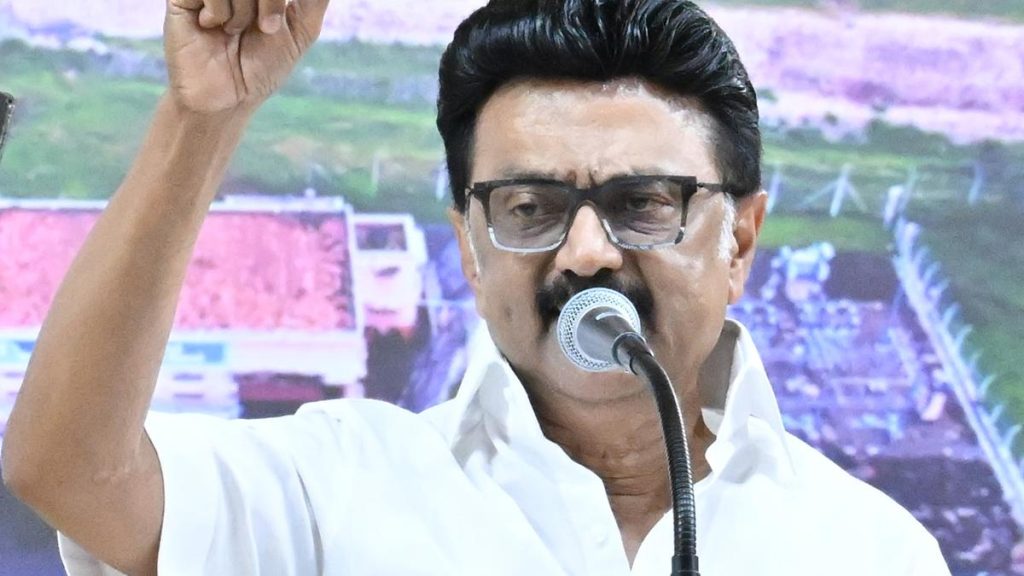Now Reading: India Approves Starlink: SpaceX Joins Jio and Airtel in Broadband Race
-
01
India Approves Starlink: SpaceX Joins Jio and Airtel in Broadband Race
India Approves Starlink: SpaceX Joins Jio and Airtel in Broadband Race

quick Summary
- Approval Granted: Starlink has officially received approval from the Indian government to provide satellite-based internet services across the country.
- Minister declaration: Union Communications Minister Jyotiraditya Scindia confirmed the approval on social media and discussed its role in supporting India’s Digital India mission, particularly in remote areas.
- GMPCS license: Starlink obtained a Global Mobile Personal Communication by Satellite (GMPCS) license, joining Eutelsat OneWeb and Jio Satellite Communications as licensed operators.
- Industry Partnerships: Reliance Jio and Bharti Airtel, controlling over 70% of India’s telecom market, are collaborating with Starlink for distribution and customer service support.
- Pricing Speculation: Reports suggest unlimited data plans may start at Rs 840/month as a promotional offer; however, hardware costs are high (Rs 21,300-32,400), posing challenges compared to cheaper broadband setups in India.
- Competitor Landscape: Amazon’s Project Kuiper is planning to enter the Indian market but is awaiting regulatory approvals.
- Opportunities & Challenges: Starlink aims to expand connectivity for millions without proper internet access in rural regions but faces hurdles due to expensive hardware compared to local broadband alternatives.
Indian Opinion Analysis
The entry of Starlink into India marks an important milestone for bridging digital divides across the country.With partnerships involving major telecom players like Reliance Jio and Bharti Airtel-who already dominate India’s telecommunications sector-Starlink gains a strategic advantage in distribution channels.This synergy could help address last-mile connectivity issues more effectively.
Despite its massive potential impact on rural internet access under initiatives like Digital India, cost remains a significant hurdle. The high price of hardware kits might limit adoption among price-sensitive customers when compared with affordable Indian broadband offerings bundled with additional perks like OTT subscriptions. If pricing strategies align closely with consumer expectations-as suggested by low-cost unlimited plans initially-Starlink could see faster adoption.
moreover, competition will intensify as global players such as Amazon’s Project Kuiper seek market approvals amidst an already crowded landscape where affordability often wins over innovation. The implications could extend beyond connectivity improvements; triumphant integration could bolster economic opportunities in underserved areas while fostering technological inclusivity nationwide.
India’s regulatory move welcoming global satellites signals effort toward expanding its digital infrastructure-and it will be engaging to track how collaboration between public policies and private companies shapes future outcomes for consumers across urban/rural India alike.
























